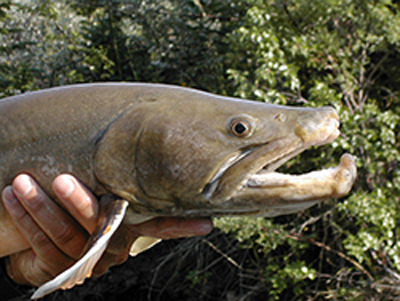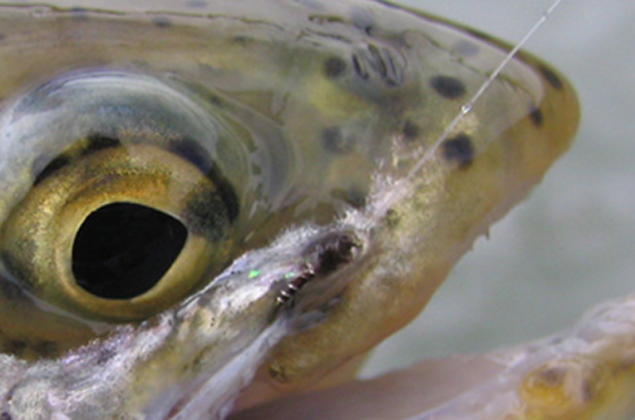Worth Visiting, a National Fish Hatchery or Your State Fish Hatchery
[dropcap]F[/dropcap]rom grandpa to four-year-old “Missy,” a fish hatchery visit will intrigue and make for long lasting impressions and a permanent connection to the importance of conservation.
NOTE: Contact the facility you wish to visit and inquire about guided tours and potential fishing access.
The National Fish Hatchery System (NFHS) is comprised of a network of field stations located throughout the nation that works with tribal, local, and state governments, other federal agencies, and foreign nations to conserve fisheries. Since the inception of the U.S. Fish and Wildlife Service in 1871, fisheries conservation has figured paramount to people and economies.

The Fisheries Program applies scientific data to focus conservation activities on high-priority species and habitats. The NFHS is committed to protecting and maintaining stable populations and healthy habitats and restoring degraded habitats and depleted populations. The healthy habitat is vital to well managed aquatic resources, continuing ecological, recreational, commercial, and subsistence contributions to our nation’s prosperity. Photo is a hatchery bull tout – NFHS image.
The NFHS has purview over fisheries in the Pacific Northwest to Gulf Coast tributaries of Florida, and points in between. Scientists with diverse specialties in ecology, statistics, botany, physiology, fish culture, microbiology, and veterinary medicine conserve America’s fisheries.
The NFHS has a hand in conserving rare imperiled species and common game fishes: Pacific salmon, native western trout, diminutive darters in the heartland, lake trout in the deep Great Lakes, and striped bass that ring the Gulf and Atlantic Seaboard. That’s only to name a few fishes. Plants, salamanders, insects, and freshwater mussels are also beneficiaries of the work conducted by scientists in the NFHS.

Click on image to visit an exact location “clickable” hatchery map. For State maps Google, for example, Georgia Fisheries.
Visit NFHS Publications to learn more about the egg and fish distribution.
About:
The Fisheries Program applies scientific data to focus conservation activities on high-priority species and habitats. We are committed to protecting and maintaining stable populations and healthy habitats and restoring degraded habitats and depleted populations. The healthy habitat is vital to well managed aquatic resources, continuing ecological, recreational, commercial, and subsistence contributions to our nation’s prosperity. Click here to Learn More . . .



